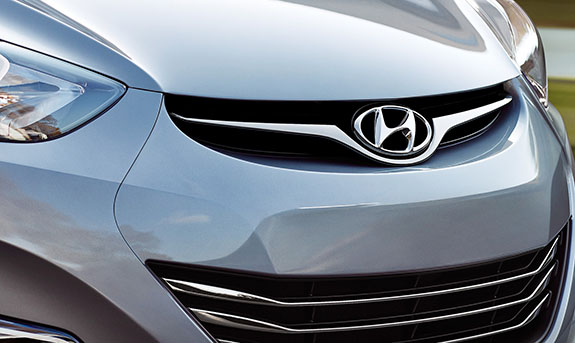
 Your Credit Estimate
Your Credit Estimate
 Your Credit
Your Credit
Your zip code helps us provide you with the most accurate vehicle pricing and vehicle availability.
We estimate your credit score to give you an idea of your monthly payments. To get an accurate payment amount, complete our credit application by clicking the Start Credit Application button below.
start credit application
As the auto industry continues to move towards more alternative fuel vehicles like plug-in hybrid electric vehicles (PHEVs), electric vehicles (EVs), and battery-electric vehicles (BEVs), we’re going to start seeing a whole lot of different things coming out. Stellantis is finally committing with Dare Forward 2030, Kia and the Hyundai Motor Group (HMG) continue to expand with EVs and purpose-built vehicles (PBVs), and even the Renault-Nissan-Mitsubishi Alliance claimed to be working on the world’s first purely software operated automobile, powered by Google, thanks to their Google Alliance. Well, the Alliance may want to move over, because HMG just announced its plans to invest 18 trillion won ($12.6 billion) throughout the rest of the decade (2030) to develop software-defined vehicles.
"This will place the Group at the forefront of providing entirely new mobility solutions as society changes, transportation means evolve, and software-defined vehicles become commonplace," Hyundai said. "The Group foresees a future where the mobility industry paradigm is entirely transformed, enabling people to enjoy convenient, seamless travel, even if they don't own a car." – Hyundai
HMG isn’t alone. Along with the competition from the Renault-Nissan-Mitsubishi Alliance, Volkswagen AG, Toyota Motor Corp., and General Motors are all working on creating new operating systems (OS) that will run their own software-centered cars. We really re moving towards computers on wheels, and with the upcoming Connected Car Services (CCS) HMG already has planned, the digital living spaces seen during 2022 Consumer Electronics Show (CES) seem even closer with fully customizable interior cabins, thanks to the vehicle’s OS. HMG is calling these vehicles "software-defined vehicles" (SDVs) and claims that it will be launching the first version of such SDVs by 2025.
That’s not too far away, and with many developments planned between now and 2025, we’re surprised how much HMG is putting on its plate. In conjunction with Kia Corp, EVs are already taking up a lot of resources, and Kia has shifted a good chunk of funding towards its all-new, high-tech smart manufacturing facility for producing PBVs, E-FOREST. Hyundai has also shared plans for a “Smart City” concept during 2022 World Cities Summit in Singapore on top of its already busy eVTOL urban aircrafts project, said to be commercialized in 2028.
HMG is breaking it down into three main categories - Over-The-Air (OTA) software updates, a next-generation EV platform, and a Connected Car Operating System (ccOS). With infotainment systems in just about every automobile, consumers subscribed to infotainment services should already be familiar with OTA software updates. Just like downloading a game patch, a new version of a browser, or a new OS altogether, OTA software updates are downloaded via Wi-Fi or over the airwaves, installed, and then reconfigure the software for better performance. Being able to upgrade and fix bugs in SDVs via OTA software updates will make it easier for HMG to also launch the aforementioned CCS as the software continues to develop.
During the R&D of SDVs, HMG also wants to launch two new EV platforms. There is nothing wrong with the Electric-Global Modular Platform (E-GMP) used in the Kia EV6 and future EVs, but HMG intends to increase the current all-electric range (AER) of EVs by 50-percent with their new eM platform. Aside from improving EV performance, the eM platform will further support self-driving car technology with Level 3 and higher levels of autonomy. The said platform will be “eS”, based off of the E-GMP while tailored to PBVs, commercial fleet vehicles, and delivery and ride-hailing automobiles.
Following these new platforms will be an integrated electronic control unit that can enable Level 4 and Level 5 autonomy via a Connected Car Operating System (ccOS). Via a joint venture with NVIDIA, a leader in AI computing, the two companies are conducting research on how to commercialize fully autonomous vehicles. The first step is to design a new control unit that can provide higher computing power and more efficient control for Level 4 and Level 5 autonomous driving levels.
All of this is set to launch in 2025, and it sounds more like a sci-fi fantasy than reality. Regardless, we look forward to what HMG, Kia, and other automakers come up with next. What will change the auto industry forever? Let us know your thoughts on NowCar social media.